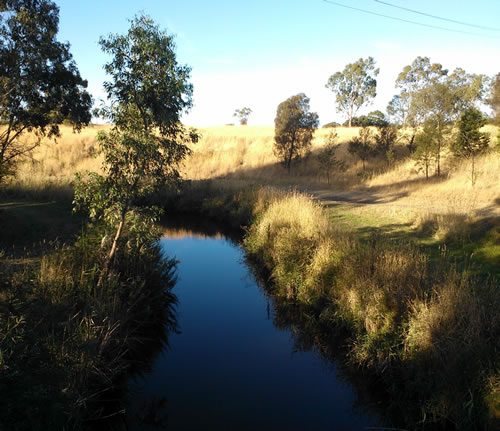Hotlink refers to the common practice of showing an image on one website that is hosted on another website.
Hotlinking images overcomes many issues for publishers including
- Rights & Permissions
- Uploading issues
- Spam & Virus Protection
Unfortunately hotlinking has it’s own issues including permissions (Google), time based (Facebook), user abilities and others.
It remains the best option for a publisher where an advertiser is not known (not logged in).
How To Hotlink
The process is simple: tell the publisher the address of an image to accompany advertising.
This page explains how to determine the “address” of an image.
Example address: http://www.webaddress.com.au/imagefolder/imagefilename.jpg
How to find the ‘address’ of an image on a PC?
Every browser has a different method of showing an image address. Firefox and Chrome are easiest.
Go to the web page where the image is showing and follow the instructions below.
The instructions will not work for images in emails, smart phones, Google pages or Facebook pages.
The instructions below do not work for images in emails, smart phones, Apple devices, Google pages or Facebook pages.
If this is your only option, then upload the image using this link. We’ve hidden this link from international visitors (usually spammers and hackers).
- Firefox (PC)
Right click on the image, select ‘copy image location’ from the pop-up window. This process copies the hotlink url to your computer’s temporary memory.
If the image you wish to hotlink to is linked to a thumbnail (smaller version) then the larger image must be opened before you use the copy process.
View How To Video or see below.
- Chrome (PC)
Right click on the image, select ‘copy image URL’ from the pop-up window. This process copies the hotlink url (invisibly) to your computer’s temporary memory.
- Internet Explorer (PC)
Right click on the image, select ‘properties’ from the pop-up window. Another window will open, select the Address line by left clicking and highlighting the full address, when highlighted, right click and copy. This process copies the hotlink url (invisibly) to your computer’s temporary memory.
To use this address (stored in your computers temporary memory, go to the location where you wish to use the address. Ie a field, box, source code.
Right click where you would like to paste the address and select paste from the pop up window. This will paste the address from your computers’ memory.
- MAC, IOS, Apple?
In simple terms, an image address is not locateable on Apple devices.
Alternatives
The instructions above do not work for images in emails, smart phones, Apple devices, Google pages or Facebook pages.
- Upload the image to Ripefruit Media (our publisher)
- Upload the image to tinypic.com (free) provides a hotlink address.
About Hotlinking
Image hotlinking is a fast efficient way of displaying an image on one web site that is hosted (stored) on another web site.
Hotlinking to an image without permission is theft. It is important to understand is that you are giving permission to the publisher to use your image and your bandwidth. The cost of bandwidth will be minimal and used in direct useage of your image. The bandwidth is only be used when your advert loads, which is good economy, specially if its hosted on social media (Facebook).
If the publisher ‘charges’ to host images, then hotlinking is a cheaper alternative but many naysayers will tell you it is bandwidth theft.
Thumbnail | Full Size Image
This is the only tricky part regarding hotlinking. Some images are thumbnails (small) ‘linked’ to a larger image. Example = thumbnail below.
The larger image “must” be displayed before the copy process can be commenced otherwise the image url will be the thumbnail (small) image.
Examples
Thumbnail (cannot be copied until enlarged)
Full Size (right click to view image location url)

Anomolies
The following hotlink addresses are not suitable for hotlinking:
- google photos, googlemail.com, gmail.com – access denied by google – not suitable
- pdf files – are not images
- file:c:// – is a local file unsuitable
- facebook – dynamically expires images making them unsuitable for hotlinking
- Apple – process unavailable
